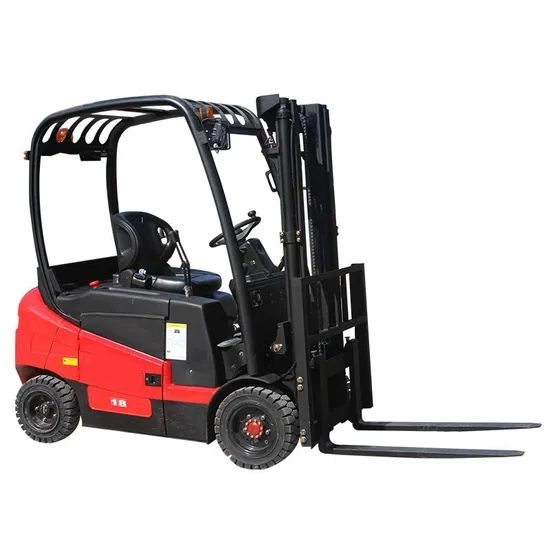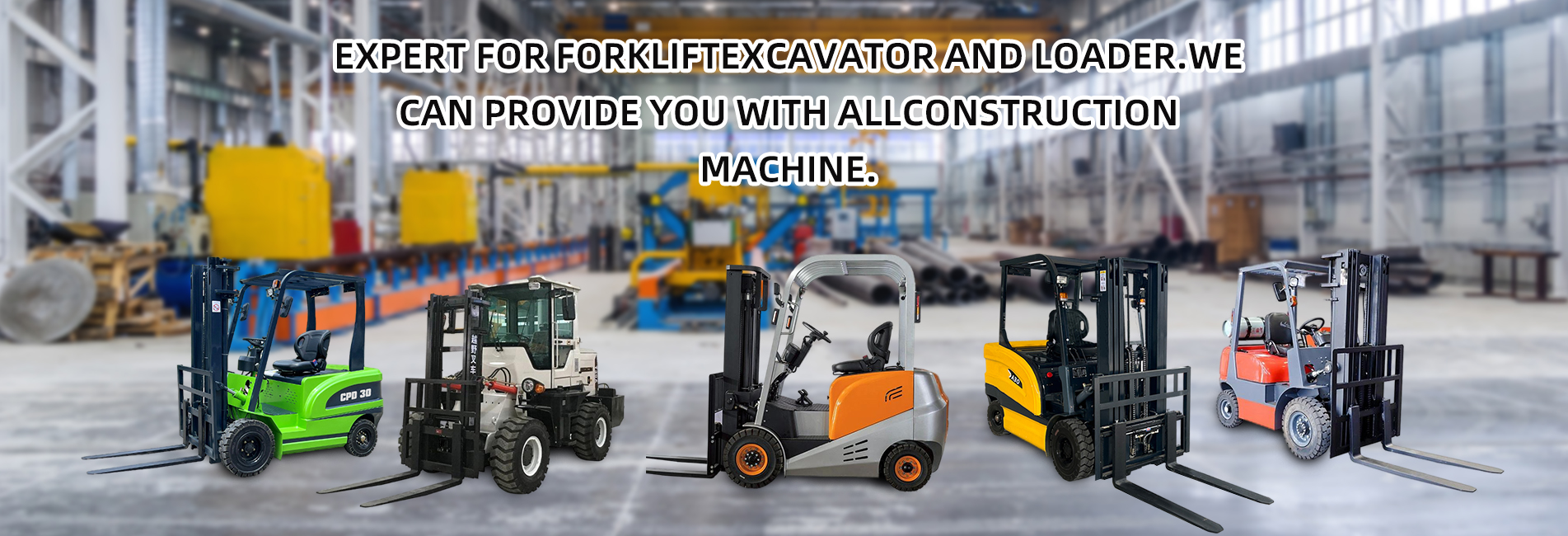The operational efficiency of lithium-ion battery-powered electric forklifts is primarily reflected in "reducing non-operational time and increasing workload per unit time". This is specifically implemented in four key scenarios, each with clear efficiency improvement points:

1. Energy Replenishment Efficiency: Eliminate "Downtime for Charging"
Energy replenishment is a core link affecting operational continuity. The fast-charging and flexible energy replenishment characteristics of lithium-ion batteries significantly reduce waiting time:- Fast charging saves time: It can be fully charged in 1-3 hours. Compared with the 8-10 hours of slow charging for lead-acid batteries, the energy replenishment time per shift is reduced by more than 70%.
- Fragmented energy replenishment: No deep discharge is required. Energy can be replenished during short periods such as lunch breaks (1 hour) and shift handovers (30 minutes). Multi-shift operations do not require shutdowns to wait for a full charge.
- No battery replacement needed: Lead-acid batteries require spare battery rotation for multi-shift operations (each battery replacement + charging preparation takes about 30 minutes), while lithium-ion batteries do not need spare batteries, reducing the time consumed by the battery replacement process.
2. Endurance Efficiency: Full-load Operation Without "Interruption"
The stability of endurance directly determines the workload per unit time. Lithium-ion batteries avoid the "endurance degradation" problem of lead-acid batteries:- Longer endurance range: With the same battery capacity, the actual endurance of lithium-ion batteries is 15%-30% higher than that of lead-acid batteries. The number of energy replenishments per shift can be reduced (lead-acid batteries may require one mid-shift charge, while lithium-ion batteries do not need any during the entire shift).
- Stable discharge throughout the process: There is no obvious fluctuation in discharge voltage, avoiding the "insufficient power in the later stage" issue of lead-acid batteries. The efficiency remains consistent during loading, unloading, and climbing, with no need to reduce speed for operation.
- Uncompromised endurance at low temperatures: For models equipped with a temperature control system, the endurance only decreases by 5%-10% in a -10℃ cold storage environment (lead-acid batteries decrease by 30%-50%), ensuring high efficiency even in low-temperature scenarios.
3. Operational Continuity: Reduce Unnecessary Shutdowns
The characteristics of lithium-ion batteries make the operation process smoother, avoiding operational interruptions due to battery issues:- No maintenance shutdowns: Unlike lead-acid batteries, there is no need for regular water refilling and electrolyte adjustment (each maintenance takes about 20 minutes per week), reducing shutdown time caused by maintenance.
- Fewer fault shutdowns: The probability of faults such as bulging, leakage, and short circuits in lithium-ion batteries is much lower than that in lead-acid batteries, reducing annual fault shutdown time by more than 80%.
- Rapid power response: Lithium-ion batteries have a high charge-discharge rate, providing quick power response during rapid acceleration and heavy-load startup. There is no need to wait for power "buffering", improving the cycle speed of loading, unloading, and transportation.
4. Auxiliary Efficiency: Indirectly Improve Overall Operational Rhythm
Some detailed characteristics are not directly related to "power", but can indirectly optimize operational efficiency:- Lighter vehicle body: Lithium-ion batteries are 30%-50% lighter than lead-acid batteries of the same capacity, making the forklift more flexible in steering and operation, and faster in turning and moving in narrow warehouses.
- No dedicated personnel required for charging: The fast-charging process is stable, with no need for dedicated personnel to monitor (lead-acid battery charging requires regular electrolyte checks). This saves labor costs and avoids process delays caused by dedicated personnel waiting.



